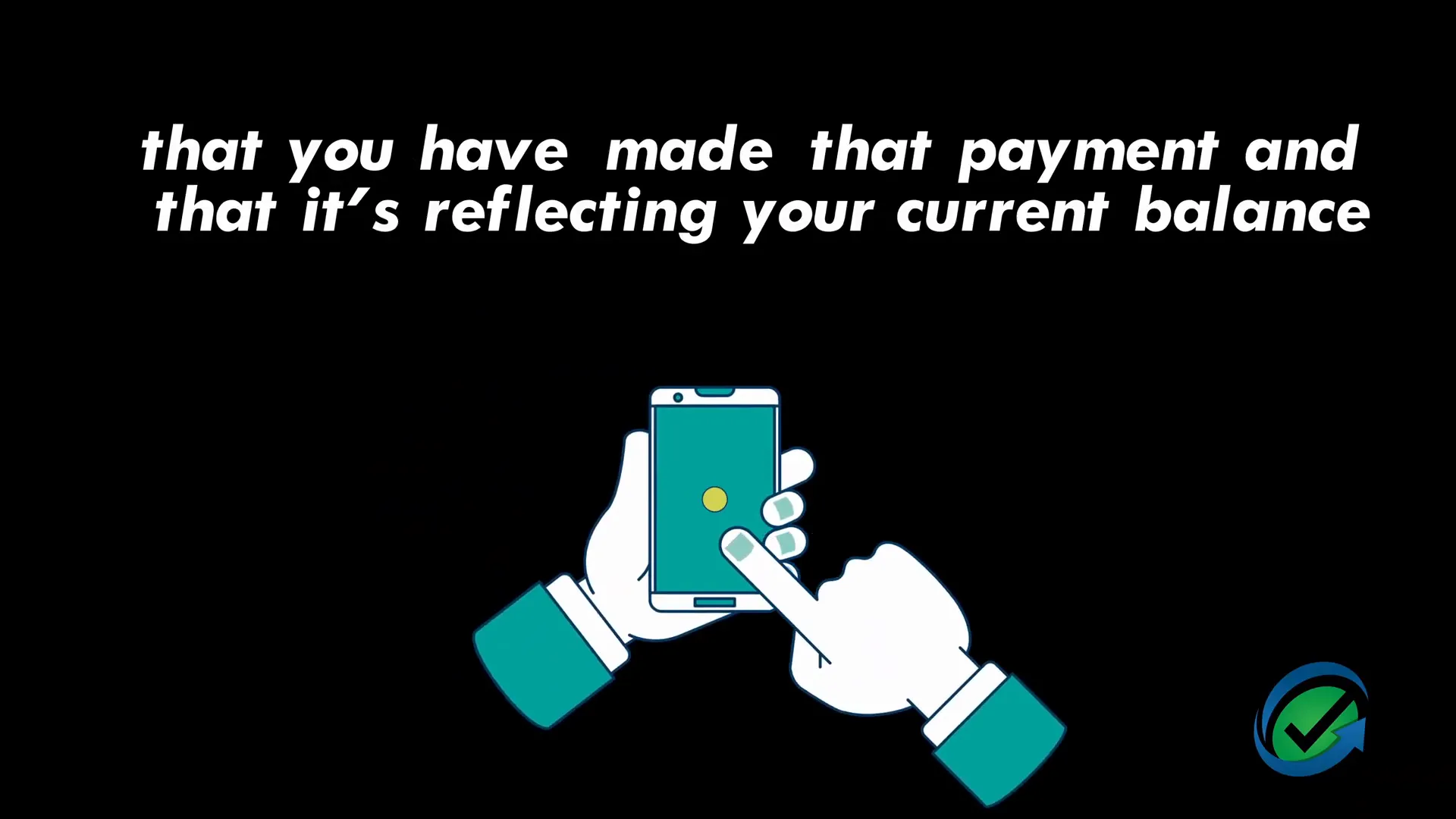
The 6 Most Common Mistakes That VA Homebuyers Make
Template The 6 Most Common Mistakes That First Time VA Homebuyers Make Buying your first home using a VA loan is an exciting milestone, especially
Carlos Scarpero- Mortgage Broker
Guest post by Sam Parker at MyCreditGuy
Table of Contents
When it comes to credit scores, many people focus on making timely payments and keeping debt low, but there's one factor that often flies under the radar: credit utilization. My name is Sam Parker, and as the CEO of My Credit Guy, I've seen firsthand how credit utilization can be the hidden culprit behind unexpected credit score drops.
Credit utilization refers to the percentage of your available credit that you are currently using. While it might seem harmless to use your credit cards regularly, the way you manage your balances can have a significant impact on your credit score — sometimes lowering it by as much as 100 points, even if you never miss a payment.

Credit utilization is calculated by dividing your current credit card balance by your total credit limit. For example, if you have a credit card with a $1,000 limit and your current balance is $400, your utilization is 40%. This simple ratio plays a big role in credit scoring models, but surprisingly, many people don’t realize how sensitive credit scores are to this number.
Credit scoring models prefer to see credit utilization at or below 30%. Once your utilization crosses 50%, it starts to negatively impact your credit score. The higher your utilization, the more it signals to lenders that you might be overextended or relying too heavily on credit, which increases your risk profile.

Even if you never miss a payment, high credit utilization can drag your credit score down. This is one of the most misunderstood aspects of credit scoring. Many people think paying their balance on the due date is enough to maintain a healthy score, but in reality, it’s the balance reported on your statement date that counts.
For instance, if your statement date reflects a balance of 50% or higher of your credit limit, your credit score could drop substantially — sometimes by as much as 100 points. This can make a big difference when applying for loans, mortgages, or even renting an apartment.

To protect your credit score, it’s best to keep your credit utilization around 5-10% if possible. This low utilization shows lenders that you’re responsible with your credit and not overly reliant on it.
Here are some practical tips to help you keep your utilization in check:

One of the biggest misconceptions is thinking that paying your credit card balance by the due date will keep your utilization low. The truth is, credit bureaus receive your balance information based on your statement date — the day your credit card issuer closes your billing cycle and reports your balance.
This means if you pay your balance after the statement date but before the due date, your reported balance might still be high, negatively affecting your credit score. To avoid this, make sure your payment is posted before the statement closing date so the credit bureaus see a lower balance.

Many people are surprised to learn that their credit score can drop drastically even if they never miss a payment. This happens when credit utilization is out of balance. High utilization signals risk to lenders, and credit scoring algorithms adjust your score accordingly.
Imagine having a perfect payment history but carrying balances over 50% of your credit limits. Your score could plummet by up to 100 points simply because you’re using too much of your available credit. This is why understanding and managing your utilization is just as important as making payments on time.

Everyone’s financial situation is unique, and the right credit management strategy depends on your specific circumstances. Whether you have multiple cards, varying credit limits, or fluctuating expenses, a personalized pay down strategy can make all the difference.
At My Credit Guy, we offer custom strategies to help you optimize your credit utilization and improve your overall credit health. By analyzing your accounts and spending habits, we can recommend the best approach to keep your balances low and your credit score high.
Credit utilization is a powerful but often overlooked factor in your credit score. Keeping your balances low, ideally under 30% and preferably around 5-10%, helps maintain and improve your credit. Remember, it’s the balance reported on your statement date — not the due date — that impacts your score.
By understanding these key details and managing your credit cards wisely, you can avoid unexpected score drops and keep your credit profile strong. If you’re unsure about your utilization or want a personalized plan, seeking expert advice can provide clarity and direction.
Credit utilization is the percentage of your total available credit that you are currently using. It’s calculated by dividing your credit card balances by your credit limits.
High credit utilization suggests to lenders that you might be relying too heavily on credit, increasing your risk of default. Credit scoring models use utilization as a key factor when calculating your score.
Ideally, keep your credit utilization below 30%. For the best credit scores, aim for 5-10% utilization.
Actually, payments made after the statement date but before the due date won’t lower the balance reported to credit bureaus. To reduce utilization on your credit report, make payments before the statement date.
Yes, increasing your credit limit while keeping your spending the same lowers your utilization percentage, which can positively impact your credit score.
It’s a good idea to monitor your utilization regularly, especially before applying for new credit. Checking monthly or every billing cycle can help you manage your balances more effectively.
Professional credit advisors, like those at My Credit Guy, can provide custom pay down strategies and guidance tailored to your financial situation.

Template The 6 Most Common Mistakes That First Time VA Homebuyers Make Buying your first home using a VA loan is an exciting milestone, especially

500,000 More Home Sellers Than Buyers? Don’t Believe the Hype Table of Contents Key Takeaways Understanding Redfin’s Viral Housing Study Contrasting Data from Realtor.com and

Template Edge Home Finance Is Hiring Loan Officers Table of Contents Key Takeaways Why commission structure matters: keep what you earn True broker relationships, with